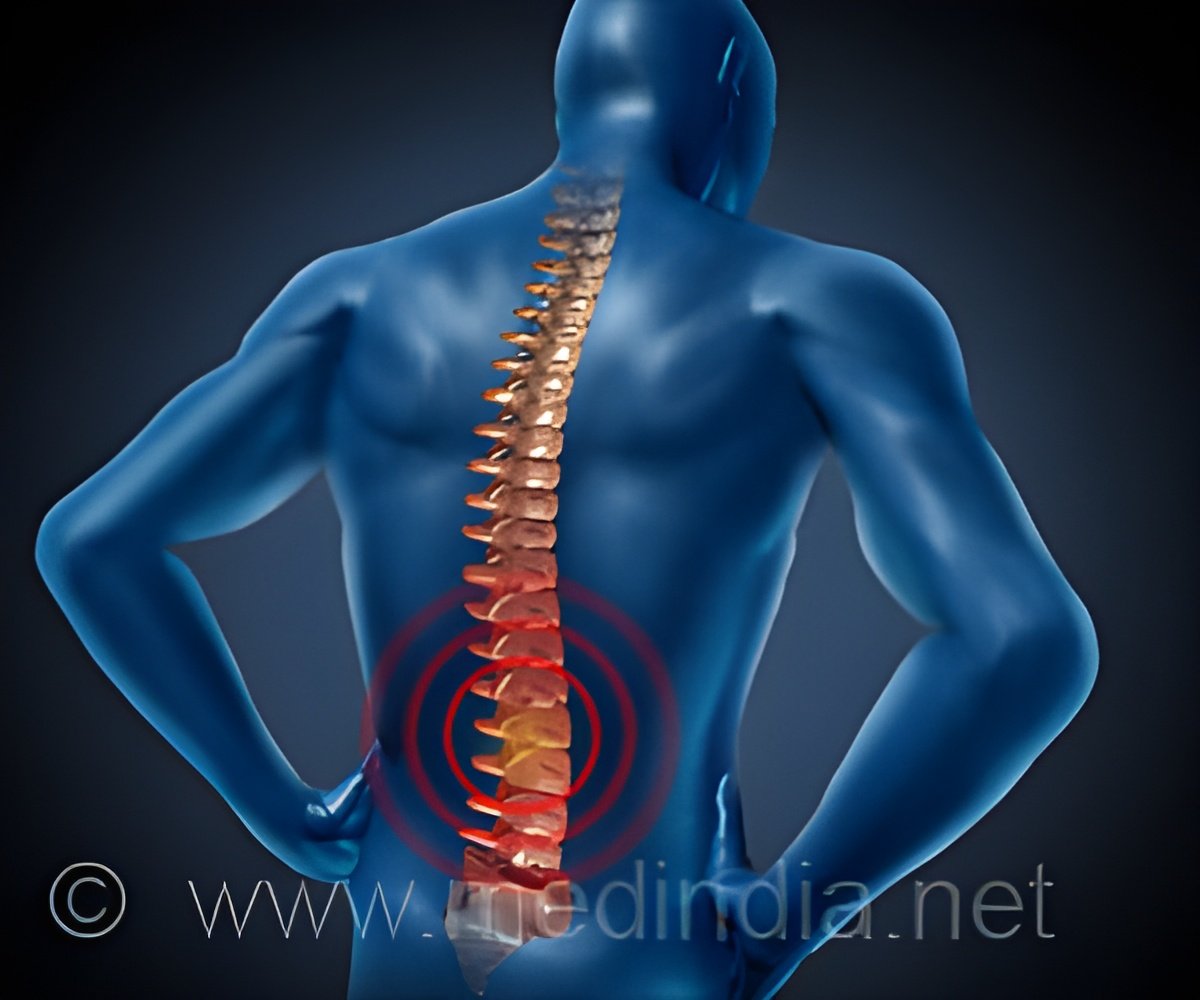Surgery alone may not produce complete spinal fusion in certain patients. Adjuvant therapies like electrical stimulation must be given to aid in bone healing.

‘Both direct current stimulation and inductive coupling stimulation were highly effective in aiding spinal fusion. This is useful for patients who have difficulty in achieving total spinal fusion and smokers.’
Read More..




Detailed findings of this study can be found in a new article, "The effect of electrical stimulation therapies on spinal fusion: a cross-disciplinary systematic review and meta-analysis of the preclinical and clinical data," by Ethan Cottrill and colleagues, published in the Journal of Neurosurgery: Spine.Read More..
Background: Each year in the United States approximately 400,000 persons undergo spinal fusion surgery for spinal instability, pain, and/or loss of function. For some of these people, surgery alone does not produce complete spinal fusion. In those cases, adjuvant therapies must be instituted to aid in the process of bone healing.
One of these therapies is electrical stimulation. There are three types of electrical stimulation therapy in use today: direct current stimulation, capacitive coupling stimulation, and inductive coupling stimulation (also known as pulsed electromagnetic field).
Direct current stimulation requires implantation of a stimulation device, which is usually done at the time of spinal fusion surgery. The device is small and is placed under the skin on the patient's back. Via electrodes, the device delivers a small direct current of electricity to the area where fusion needs to occur.
The battery powering the device is good for 6 to 12 months; after that time, it can be removed or remain in place as the patient or physician deems appropriate.
Advertisement
Inductive coupling stimulation involves the use of electromagnetic coils placed on the skin over the site of anticipated bone fusion. Alternating current produces an electromagnetic field to induce bone fusion. This device need only be used for 30 minutes to 2 hours per day until fusion is confirmed.
Advertisement
Present Study: Application of direct or alternating electrical current has been shown to induce and speed up the process of bone healing following spine fusion surgery. Evidence for this has come from small studies. Cottrill and colleagues set out to pool the data from small studies on the effects of electrical stimulation therapies and to comprehensively assess these effects overall and in specific subgroups.
The authors performed a systematic review of all English-language articles describing the effects of electrical stimulation therapies on spinal bone fusion. Applying specific inclusion criteria, they narrowed the studies down to 17 preclinical and 16 clinical studies. Meta-analyses of data from all of the studies that included a control group were also performed (11 preclinical studies [257 animals] and 13 clinical studies [2,144 patients]).
The authors found, overall, that electrical stimulation was effective at augmenting spinal fusion. They found nearly a fivefold increase in the odds of successful bone fusion in animals and a greater than twofold increase in patients treated with electrical stimulation therapy.
With respect to the various types of stimulation therapy, the authors found that in animals the effects of direct current stimulation on spinal fusion were very beneficial, whereas the effects of inductive coupling stimulation were little different from no electrical stimulation at all. (No preclinical studies involved the use of capacitive coupling stimulation.)
In humans, both direct current stimulation and inductive coupling stimulation were highly effective in aiding spinal fusion. The authors were unable to find a difference in efficacy between these two types of electrical stimulation therapies.
Only one study of capacitive coupling stimulation therapy in humans fit the inclusion criteria of the systematic review, and that paper showed no statistically significant difference between fusion rates in patients who received electrical stimulation and those who did not (control group).
In a subgroup analysis of clinical studies, the authors found that the number of spinal levels that were fused and whether instrumentation was used did not change the effectiveness of electrical stimulation devices.
They also found that these devices improved the rates of fusion in patient groups prone to have difficulty in achieving total spinal fusion, such as patients with difficult-to-treat spines and smokers.
When asked about the importance of the study, the senior author, Daniel Sciubba, MD, said, "We were surprised by how large an effect these therapies have on spinal fusion. It was also encouraging to see that the preclinical data aligned with the clinical evidence, which supports future translational research efforts in spine surgery. Ultimately, we hope our findings will help to inform patients and providers to enhance outcomes following spinal fusion."
Source-Eurekalert












